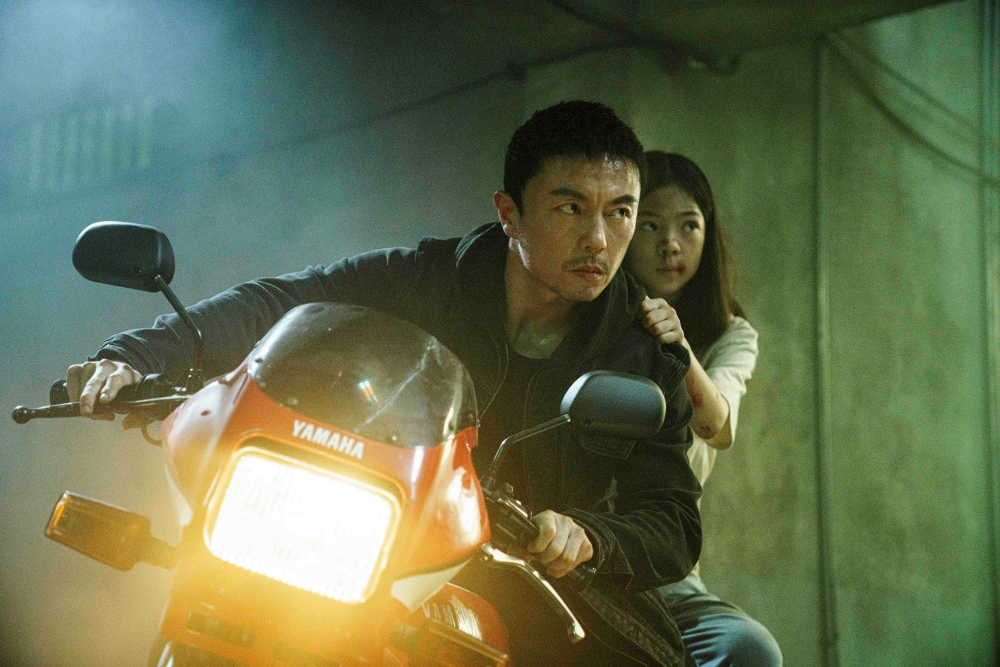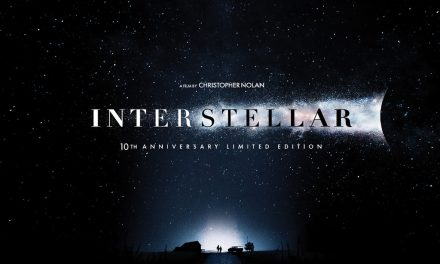We watched The Furious as part of Beyond Fest at American Cinematheque. You can check out the full schedule here.
Every now and then, a martial arts movie comes along and wows audiences with its innovations or the audacity of its choreography and set pieces. Enter the Dragon (1973) influenced a wave of kung fu classics and Bruce Lee knockoffs alike. Police Story (1985) took martial arts into gritty contemporary landscapes while cementing Jackie Chan as one of the greatest stuntmen in history. Ong-Bak (2003) introduced both Tony Jaa and put the hard-hitting art of Muay Thai on the big screen, while Gareth Evans’s high-octane two-pack of The Raid (2011) and The Raid 2 (2014) that showcased the Indonesian art of pencak silat with high technical precision and magnificent choreography.
These great films only scratch the surface of a host of martial arts masterpieces that are lesser known in the West, like A Touch of Zen (1971), The 36th Chamber of Shaolin (1977), Five Deadly Venoms (1978), The 8 Diagram Pole Fighter (1984), and so many more that can’t be adequately mentioned here.
In The Furious, directed by maestro Kenji Tanigaki, Mo Tse plays Wang Wei, a mute handyman whose daughter gets kidnapped by a local human trafficking ring. The local police refuse to help, so he sets off to find and save the girl. Simultaneously, journalist Navin (Joe Taslim) who takes on an investigation into that same ring after the disappearance of his journalist partner, who was investigating the same ring. As it happens, both men happen to be world-class martial artists–skills they’ll need, given that the ring is headed up by a vicious gangster (Joey Iwanaga) and his indefatigable muscle (Brian Le) and bloodthirsty right-hand archer/killer (The Raid‘s Yayan Ruhian). They have to fight their way through hordes of baddies to save Wang Wei’s daughter, and hopefully put a final end to the vicious gang.
The Furious Is High-Octane Heaven With Truly Inventive Combat
There are moments in The Furious where the plot suffers a contrivance or two, or where the dialogue is clunky. Slight plot issues aside, the overall narrative of The Furious works. The co-protagonists’ stories are well-developed, though simple, and key performers land major emotional beats. Mo Tse manages to deliver a believable emotional performance as a distraught father looking to save his daughter (come to think, this movie makes a great double feature with One Battle After Another), along with stellar, hard-hitting martial arts work. Joe Taslim is again great as Navin, and gets another strong showcase as a world-class martial artist. It takes time for Joey Iwanaga to have something notable to do (which isn’t a knock against the film or its structure), but once he does, his performance is chilling and memorable, and his martial arts work is exceptional.
Rounding out the major martial artists are Brian Le, who excels at combat of the ‘unyielding hulk’ variety, while Yayan Ruhian once again plays an incredible, intimidating, nigh-unbeatable villain. As individuals, they excel as skilled martial artists, and every time they share scenes together, it’s incredible. This critic loves a good martial arts film, and has seen a wide array of them, and The Furious still found ways to deliver precise, hard-hitting fight sequences with elements that genuinely felt fresh. Hits were powerful and realistic, moves were fluid and lightning-quick but easy to follow thanks to smart cinematography and editing. The major players execute top-shelf fight choreography while giving regularly entertaining and often complex performances.
The Furious Is A Masterful, Hard-Hitting Martial Arts Spectacle
It should be noted that, having screened The Furious at Beyond Fest (courtesy of American Cinematheque), audiences were warned that the cut being screened wasn’t final. Whatever adjustments may be made, the action choreography and execution, and overall stunt work, were immaculate. Multi-level set-pieces gave ample opportunity for acrobatics, unusual fight choreography featuring a variety of fighters, and a well-used range of throws. There were acrobatic maneuvers with practical objects-turned-weapons alongside the use of dangerous weaponry, and even the inclusion of rare, unique elements (ice blocks, anyone?) to create for novel fight opportunities. One longer sequence involves a five-fighter battle split into three factions, creating an elegant tapestry of destruction that translates incredibly well to the screen.

Altogether, The Furious is a magnificent love letter to the hitting arts. The combat is diverse, fluid, hard-hitting, intense, and inventive. The set-pieces are cleverly constructed and designed, fight choreography is unique and flawlessly executed. Outside the gun-toting John Wick franchise, The Furious boasts the best on-screen combat since The Raid 2, and is a respectful heir to that lineage of high-adrenaline badassery. The plotting isn’t fully successful, but it works where it counts, and delivers the film’s actual point well–a white-knuckled thrill ride sporting some of the best on-screen melee combat in recent memory. It should not be missed.
The Furious was screened at Beyond Fest at American Cinematheque.
For more Reviews, make sure to check back to That Hashtag Show.

![‘The Furious’ Is An Exceptional, Violent Tour Of Martial Arts Artistry [Review]](http://18.211.146.234/wp-content/uploads/2025/10/The-Furious-Review-1280x640.png)



![The Dragon Is Reborn: Wheel of Time S2 Wrap Up [REVIEW]](http://18.211.146.234/wp-content/uploads/2023/10/project_20231006_1030402-01-440x264.png)